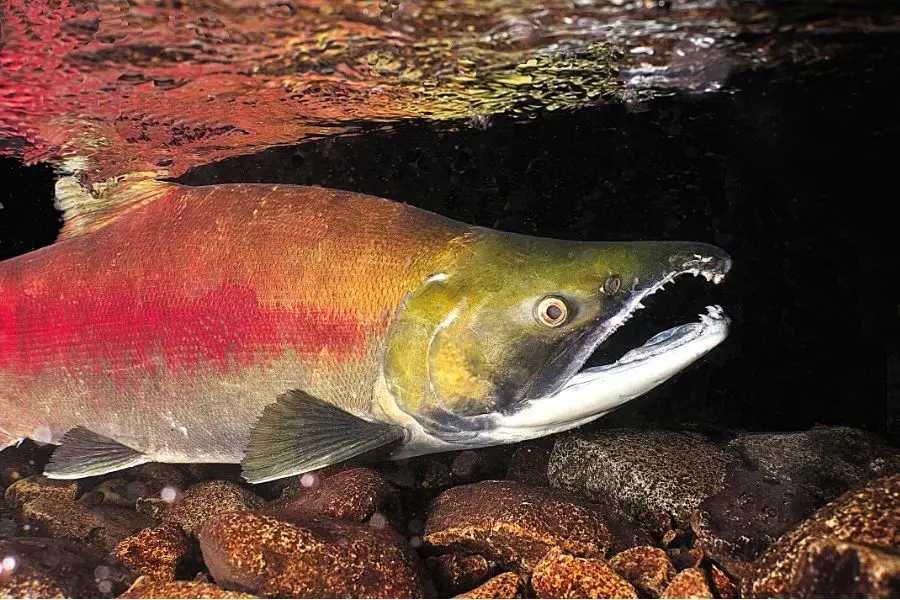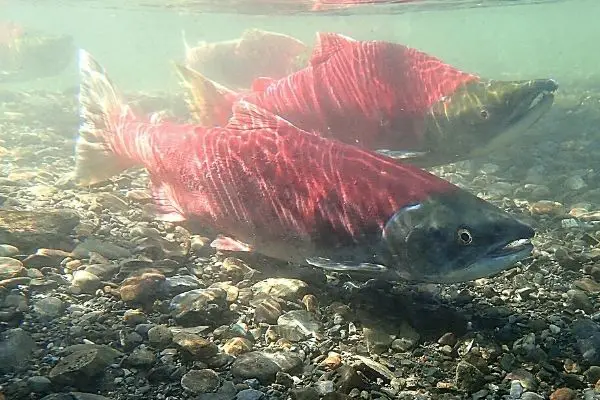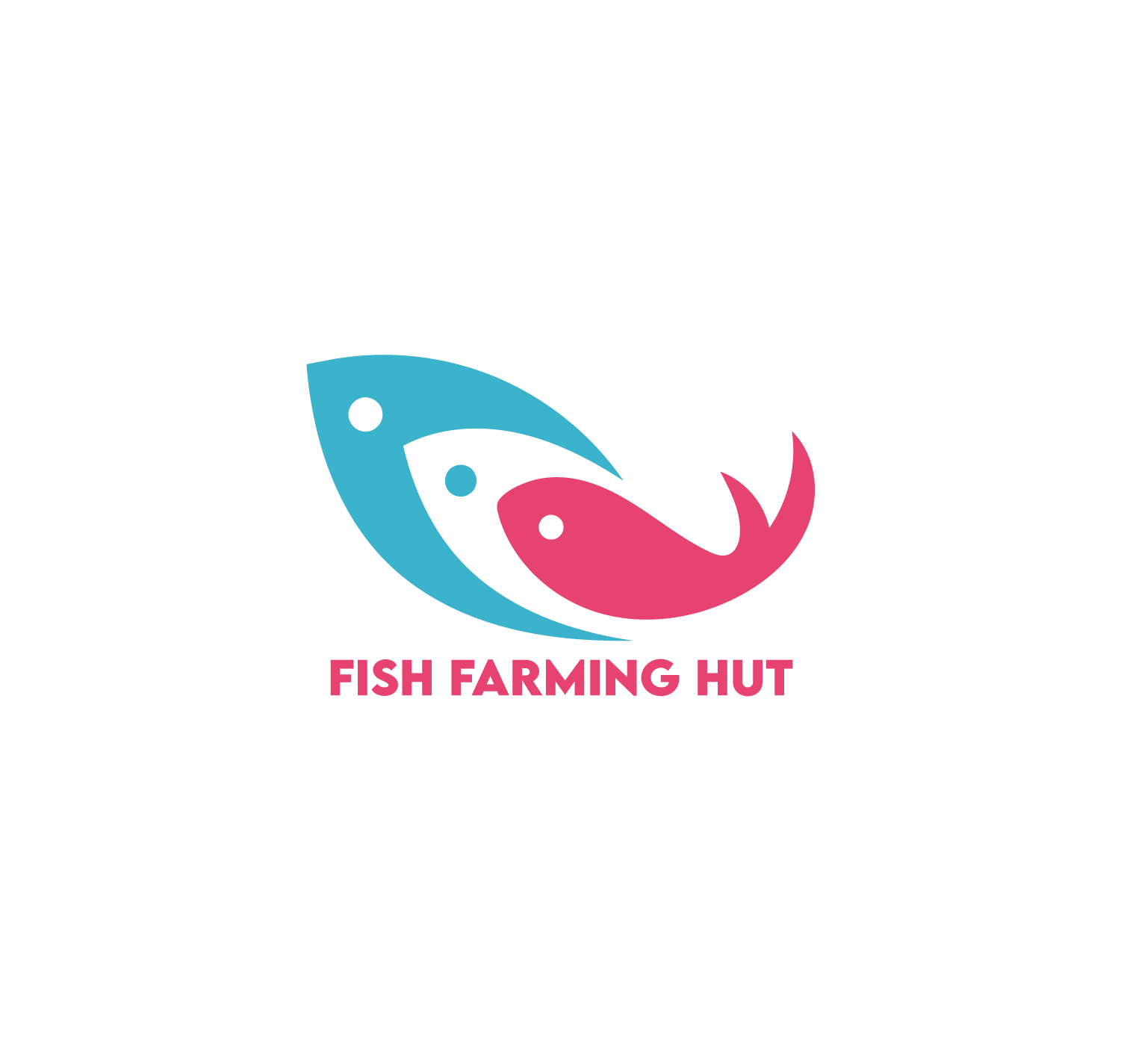It's been hotly debated whether the salmon farming industry is sustainable. So far, there have been mixed levels of success among salmon farmers due to the unique conditions required for replicating their habitual ecosystems, especially when it comes to sockeye salmon.

Is Sockeye Salmon Farmed?
Sockeye salmon is mostly wild-caught and not farmed. Farming Pacific sockeye salmon is considered a challenging activity due to the fish's taxing dietary and reproductive habits, which are difficult to maintain in isolated water bodies.
One of the biggest challenges of farming sockeye salmon is trying to recreate a habitat rich in zooplankton. The sockeye usually tends to grow exponentially in seawater after a long period of dwelling in lakes and rivers, where it feeds on smaller adult fishes and squid, but also on those tiny animals that thrive on the surface of aquatic life environments.
Zooplankton itself requires micromanagement and has its own breeding demands concerning nutrition. The supply of macroalgae needed and the particle size is, in many cases, not optimal for the maintenance of zooplankton cultures, which is, in turn, necessary for providing food for sockeye salmon.
Needless to say, emulating these breeding conditions requires a heavy investment of time and resources. Adding to this, the status of these salmon as "endangered species" makes it even more challenging.
There were few attempts to farm these animals in land-based facilities. The first one was made around 1974, in Nanaimo's Pacific Biological Station, using a wholly scientific approach. Among other findings, the research showed that, as the salmon got bigger, it moved much slower and required way more feed. Unsurprisingly, this fact is considered a big nuisance for most salmon farmers to this day.
The second such attempt was made in 2013, in Langley, British Columbia, under the initiative of Willowfield Enterprises. Since then, the company has been consistently breeding and selling farmed sockeye salmon under the West Creek brand, marketing it as the only existing farm-based sockeye salmon in the world.
Salmon marketed as "wild" is highly in demand, often leading to "mislabeling" on the part of some grocery stores and restaurants. Many salmon farms do take the necessary measures to ensure that their farmed fish enjoys all the conditions of their natural habitat, so the difference between farmed and wild salmon is, admittedly, difficult to catch in several circumstances.
Luckily in the case of sockeye salmon, the probability of farmed sockeye being regarded as "wild" is slim when we assess the current scarcity of sockeye farms.
What is Sockeye Salmon?
Sockeye salmon (also known as kokanee salmon, red salmon, or blueback salmon) is a type of salmon found in the Northern Pacific Ocean and its interconnected rivers and lakes. Nowadays, it's one of the most expensive wild salmon due to its attractive redness, savory taste, and consistent texture.

Sockeye Salmon
Like all other Pacific salmon variants, the sockeye spawns in freshwater near lakes. These fish usually venture out to sea when they reach three years of age, which is long by salmon standards. A significant portion of the sockeye population never even leaves the freshwater environment. Those that reach the saltwater tend to grow rapidly and feed primarily on zooplankton.
Also Read: Can Brook Trout Spawn in a Pond?
Sockeye salmon has a very distinctive look. They're considerably smaller than most of their peers. In terms of physical traits, they sport rainbowy silver flanks with some black speckles on the back. They distinguish themselves from other Pacific salmon by their fins, which do not have any hint of large spots.
A strange phenomenon occurs when these salmon reach their spawning locations, in which a green shade appears on their head. During this stage, their bodies also turn bright red (hence the moniker "red salmon"). Meanwhile, the "blueback" moniker originates from the bluish hue that appears on the top of sea-dwelling sockeyes.
Sockeye Salmon vs. Atlantic Salmon
The regular Atlantic salmon literally "pales" in comparison with sockeye. We say this because it is paler in both color and flavor. The Atlantic salmon is a mildly orange fish that is mainly farmed and is commonly sold at budget prices when compared to sockeye salmon. It's likewise high in oil content and has an overly flaky consistency.

Wild Atlantic Salmon
On the contrary, the red Pacific salmon, known as sockeye, is recognized by its bright reddish-orange color, as mentioned earlier, and by its intense flavor. It's sold in thinner fillets because it's typically smaller than the Atlantic variant.
In fact, sockeye salmon is generally sold exclusively in fillets. It's only harvested and sold during Spring and Summer, so one should be wary when sockeye is labeled as "fresh" during the fall and winter months.
By contrast, Atlantic salmon is sold year-round and is often farmed. Although in many instances, it's still sold as "wild" to entice sales.
Also Read: Can Sturgeon be Farmed on a Small Fish Farm
When And Where To Find Fresh Sockeye Salmon
As we just uncovered, the sockeye salmon is usually harvested in net fisheries instead of farmed. The sale of wild, fresh sockeye usually opens during Spring and Summer. Although the peak harvesting period spans from mid-June through July.
One way to determine if your fish is sold fresh from the fishery is by checking its eyes. If they're bulky, bright, and round, it means that the animal was just recently caught. Contrarily, if they appear sunken, opaque, and dull, you can bet that the salmon "met its maker" a long time ago and, thus, is not very fresh.
At the time of this writing, Alaska's Bristol Bay area is the biggest sockeye harvester, although there are also other territories with large landlocked sockeye populations in the US, such as Washington, Oregon, California, and Idaho.
Sockeye Salmon Pricing
The value of sockeye salmon, as we uncovered above, is on the pricey side, ranging from $15 to $20 per pound on average. The price of Atlantic salmon, by comparison, falls between $10 and $15. King salmon is still "king" usually not falling below $25 per pound.
Conclusion
We have hopefully given an accurate overview of the difficulties of raising sockeye salmon in land-based farms, as well as other useful information that can help you get acquainted with this extraordinary fish, such as its very special diet, its royal-yet-small appearance, its specific harvesting seasons, and its relatively higher pricing.
Sources:
